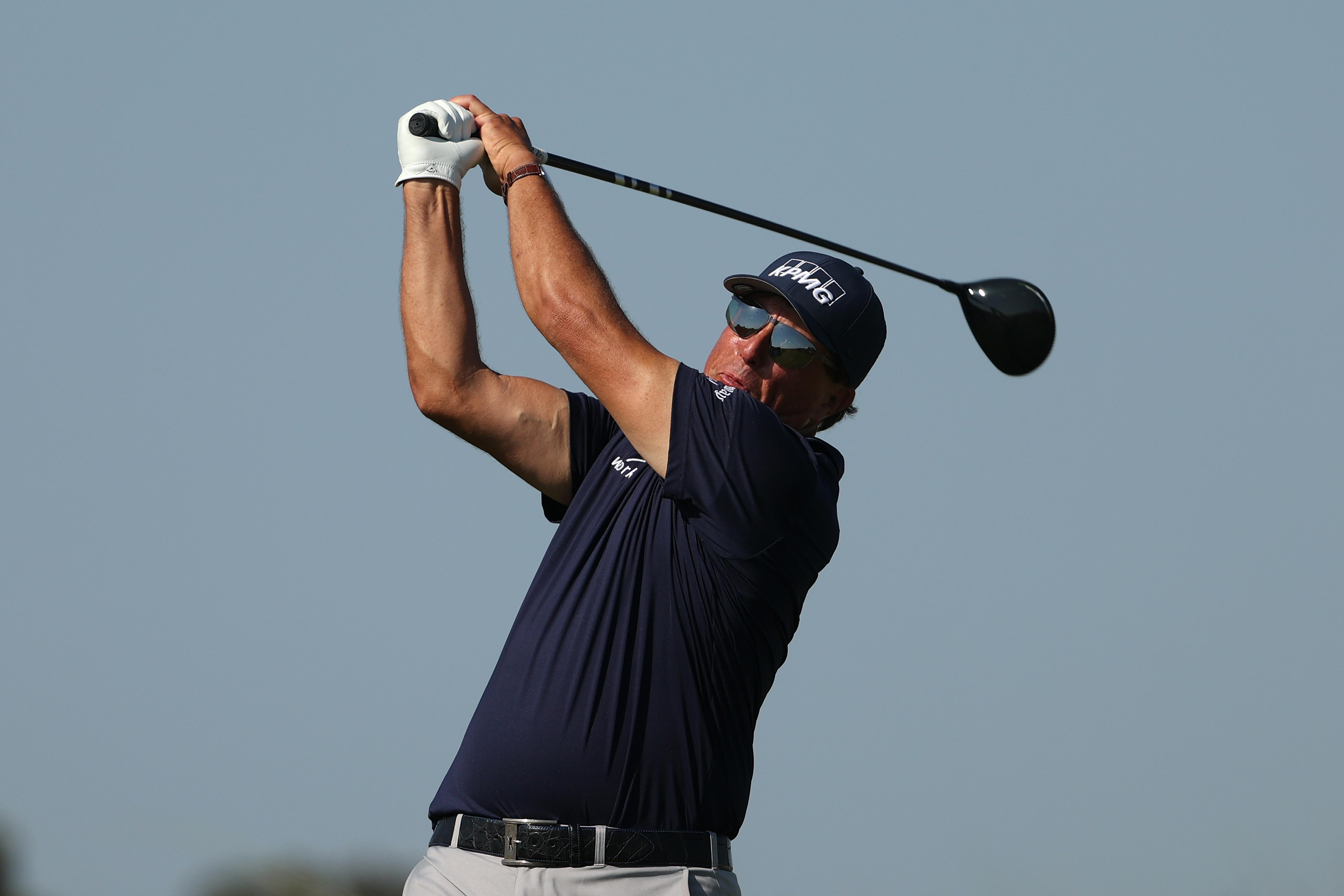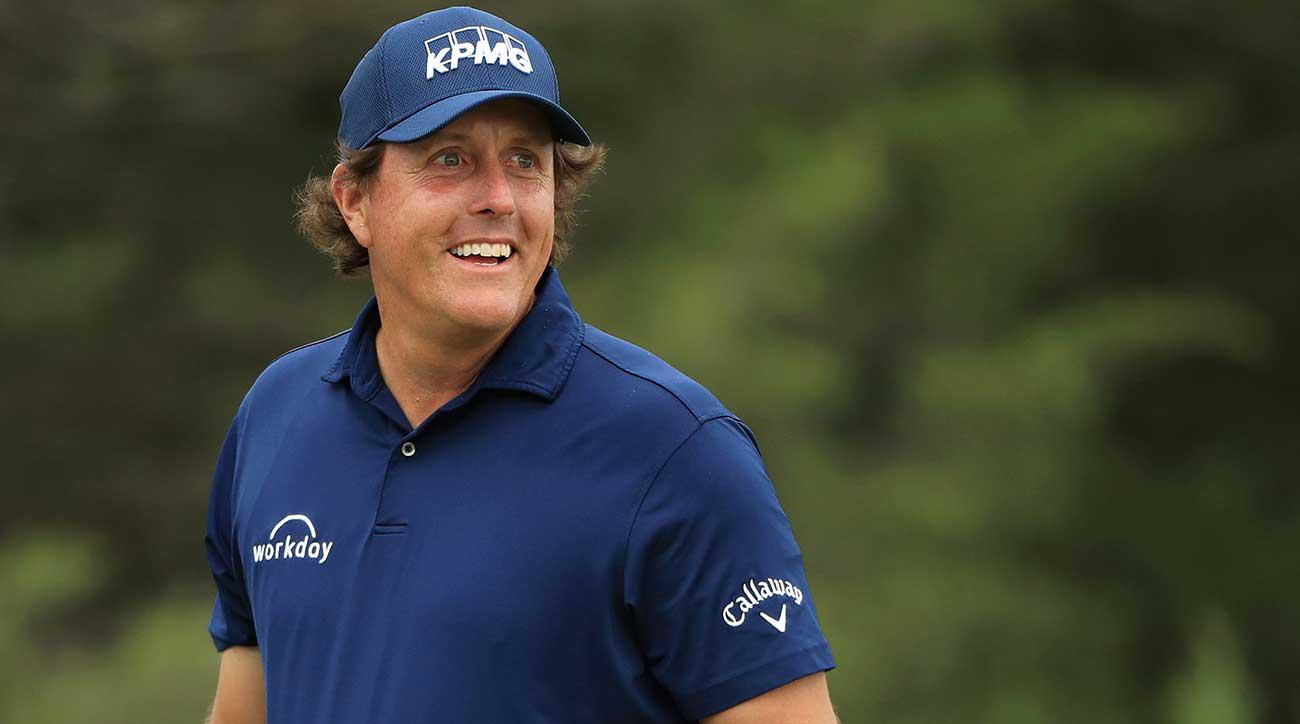Phil Mickelson’s unparalleled longevity and consistency in golf have earned him the admiration and respect of fans and fellow professionals alike. As a multiple major champion and one of the most successful players in the sport’s history, his approach to the game has been the subject of extensive analysis and emulation. This article aims to provide a comprehensive technical analysis of Mickelson’s approach to golf performance, examining the key elements that have contributed to his sustained excellence on the course. By exploring his swing mechanics, course management strategies, mental game, and physical conditioning, we seek to unravel the secrets behind Mickelson’s exceptional performance and identify the principles that can guide aspiring golfers in their own pursuit of enhanced results.
1. Physiological Foundations of Mickelson’s Approach
****
Mickelson’s approach to enhanced golf performance is rooted in a deep understanding of the physiological foundations of the sport. His swing technique incorporates meticulous biomechanical principles that maximize power, accuracy, and consistency.
Muscle Activation Patterns:
Mickelson’s swing relies on a precisely sequenced activation of muscle groups. The core muscles provide a stable base, generating rotation and power through the hip turn. The glutes, hamstrings, and quadriceps contribute to hip extension and knee flexion, essential for creating the optimal launch angle. The shoulder muscles, including the rotator cuff, deltoids, and pectorals, play a crucial role in the rotational movement and clubhead speed at impact.
Stretching and Flexibility:
Flexibility is essential in golf, particularly for Mickelson’s dynamic swing. Regular stretching improves range of motion, allows muscles to work more efficiently, and reduces the risk of injury. By incorporating dynamic and static stretching into his pre-round routine, Mickelson prepares his body for the strenuous demands of the sport.
| Stretching Exercise | Muscles Targeted |
|---|---|
| Hamstring Stretch | Hamstrings |
| Quadriceps Stretch | Quadriceps |
| Calf Stretch | Calves |
| Shoulder Rolls | Rotator cuff and shoulders |
| Core Twists | Core muscles |
Biomechanics plays a pivotal role in understanding and optimizing Phil Mickelson’s golf swing. By analyzing the kinematics and kinetics of his motion, researchers have identified key biomechanical principles that contribute to his exceptional swing efficiency. These include:
- Kinematic Sequencing: Mickelson’s swing exhibits an efficient sequence of body movements. His backswing initiates with a smooth hip turn and shoulder rotation, followed by a gradual coiling of the torso and arms. During the downswing, he maintains wrist lag and releases the clubhead at the bottom of the swing arc, maximizing clubhead speed and distance.
- Kinetic Energy Transfer: Throughout the swing, Mickelson effectively transfers kinetic energy from his lower body to his upper body. The powerful leg drive generates momentum, which is then transmitted through the torso and arms to create a smooth and powerful downswing.
- Joint Loading and Distribution: Mickelson’s swing mechanics minimize joint loading and promote optimal joint health. By maintaining a neutral spine position and proper alignment throughout the swing, he distributes weight evenly across his joints, reducing the risk of injury and improving overall swing consistency.
Table: Biomechanical Characteristics Contributing to Mickelson’s Swing Efficiency
| Feature | Description |
|---|---|
| Kinematic sequencing | Smooth and coordinated movement sequence, optimizing power and control |
| Kinetic energy transfer | Effective transfer of energy from lower to upper body, maximizing clubhead speed |
| Joint loading and distribution | Neutral spine position and proper alignment, minimizing injury risk and improving consistency |
Precision optimization is paramount in golf; the ability to consistently strike the ball accurately and with the desired trajectory is crucial for success. Mickelson’s approach to ball striking is predicated upon a comprehensive understanding of the mechanics involved and the utilization of advanced technologies to analyze his performance.
Through the use of high-speed swing cameras, motion capture systems, and impact sensors, Mickelson meticulously examines each aspect of his swing, from the club path to the impact angle. This in-depth analysis enables him to identify any deviations from his ideal swing pattern, pinpoint the root causes of these deviations, and develop tailored practice drills to correct them.
Furthermore, Mickelson employs advanced ball tracking technology to assess the accuracy and consistency of his ball striking. By analyzing trajectory, spin rate, and clubface impact location, he gains valuable insights into how his swing dynamics influence the ball’s flight characteristics. This information allows him to fine-tune his swing and optimize the combination of club selection, ball placement, and swing mechanics for each shot.
4. Course Management and Strategic Decision-Making in Mickelson’s Game
Course Management and Strategic Decision-Making
Phil Mickelson has become renowned for his exceptional ability to read and manage courses, resulting in numerous victories and prestigious accolades. His approach is characterized by intricate analysis, meticulous planning, and decisive shot execution.
Mickelson employs a multi-faceted approach to course management. He thoroughly studies the course’s layout, hazards, and wind patterns, seeking to identify potential opportunities and challenges. By analyzing the topography, he plans his shots carefully, considering the elevation and contours of the green. He often uses his laser rangefinder to gauge distances and determine the optimal club selection.
An integral part of Mickelson’s strategy is his ability to adjust his game plan based on changing conditions. He monitors weather forecasts, interprets greenspeed, and observes the behavior of his playing partners to gain insights into the course’s dynamics. This adaptability allows him to mitigate the impact of unforeseen events and capitalize on favorable situations.
Conclusion
In this article, we have provided a comprehensive analysis of Phil Mickelson’s approach to enhanced golf performance. Through a detailed examination of his swing mechanics, equipment choices, and training regimen, we have identified several key factors that contribute to his exceptional performance on the golf course.
Mickelson’s unique and highly effective swing sequence emphasizes tempo, rhythm, and a balanced weight distribution. His precise ball-striking ability is enhanced by his meticulous attention to club selection and the use of advanced technology. Furthermore, Mickelson’s commitment to physical fitness and mental preparation plays a vital role in his consistency and longevity.
Our analysis underscores the importance of a holistic approach to golf performance. By integrating technical excellence with physical and mental acuity, Mickelson has become one of the most successful golfers of all time. His approach serves as a valuable model for aspiring golfers at all levels.
As golf technology and training methods continue to evolve, it will be intriguing to see how Mickelson adapts and maintains his competitive edge. His unwavering dedication to improvement ensures that he will remain a formidable force on the PGA Tour for years to come.






